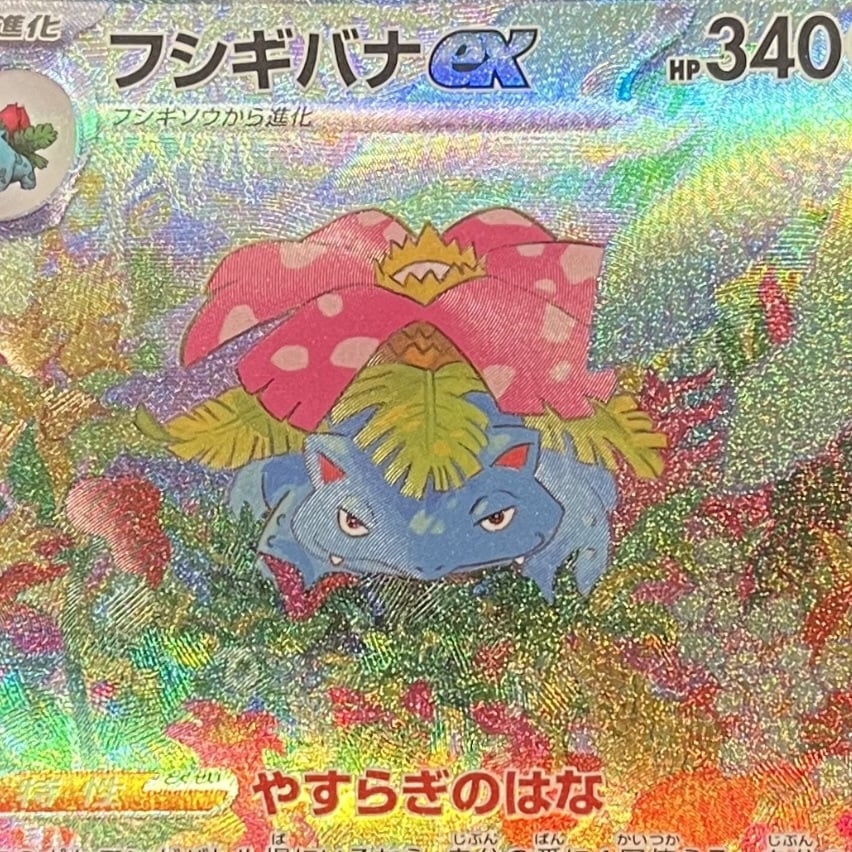When approaching a light or stop sign, smoothly press down the clutch and break pedal together. If it’s a red light where you might be for a while, pop the gear into neutral and let go of the clutch.
I was taught (rightfully or not) that holding down the clutch too long can damage it.
Really all you would wear out is the throw out bearing doing that and the clutch plate will go before that does. They are like $10 so they always get replaced with a clutch job. The pressure plate can be reused generally for 3 clutches
Lots of good advice in here for the basics. Only one I’ll bother repeating is to get used to your clutch by slowly releasing it and getting the car moving without touching the throttle at all.
Also never downshift into first. This is a bit of a soft rule since it can be done, but the speed you need to lose before you do is a lot more than any of the other gears. If it’s a 6 speed, this might even apply to 2nd gear to a degree. To figure out when it’s safe to downshift to first, redline it in first and check your speed. Never do it at or above that speed as a hard rule.
For intermediate techniques:
When shifting while moving, let off the gas a bit before pressing the clutch. The idea is to smoothly stop accelerating to reduce the jerk you’d normally get from going from accelerating, clutch (decellerating), back to accelerating once in the next gear. Your passengers will appreciate it if you can get this timing down, though if you’re on your own, it doesn’t matter as much since you can anticipate the changes in acceleration.
On the opposite end of that spectrum, practice speed shifting once you’re comfortable with clutch timing and gear positions. It’s the same motions as a normal shift, just aiming to do it all as fast as possible. It’ll give you better acceleration when you need it (very noticeable if you compare one and the other when accelerating beside another car from a stop light).
For stop and go traffic and traffic jams, instead of maintaining the same distance from the car ahead of you, try to figure out a constant speed you can maintain and let the cars ahead of you do the pull up (away from you) and then brake to a stop (while you slowly catch up to them). If you can find the right speed, you can stay in first gear instead of needing to get in gear, move up, then clutch. The “getting the car moving without throttle” skill from earlier can help here and sometimes you can go a while in a jam without touching the gas pedal. It’ll reduce the wear on your clutch and brakes if you can drive in a way that uses them less.
And an advanced technique:
Clutchless shifting. If there isn’t a lot of force on the gear, you can pop it into neutral without the clutch quite easily. And by force I mean if you aren’t accelerating or engine breaking. Getting into another gear is harder but also possible. The hard part is that you need to match the engine speed with the transmission speed for the gear you want to shift into. If they match, it’ll just slip in. But matching is easier said than done, since the car is decelerating and the engine also changes speed very quickly with no load. If the speeds are far from a match, it will feel like the gear just isn’t there. If they are kinda close, you’ll be able to find the gear but it will grind when you try to put it in all the way. If they match closely, it’ll just slip in as easily as it slipped out to neutral.
Why would you want to know how to do this? Well, for one, it’s very satisfying to do properly. But I was very glad I could do it when my clutch died. I was able to drive for another week without a clutch because I was competent enough with clutchless shifting. Note that if you need to do this, you have to turn your motor off when you stop (unless you’re on a downward slope), put it in first and start it in first gear to get moving again (which feels awful and is awful for your starter and probably not great for the whole drivetrain, so get it serviced asap but this might at least save you from needing a tow).
This is great advice here, both for moto and cars.
Try not to cruise in neutral. Better to be in gear whenever possible to reduce brake wear/make it easier to brake and ensure you have power to the wheels when you need it (e.g. an emergency situation).
Also, as fun as popping the clutch is, it’ll eventually kill your car.
Some advanced stuff since everybody else probably already covered the beginner stuff:
When you get the hang of driving stick, which you will pretty quickly, you can try matching revs on downshifts to smooth things out and then you can try heel toe with matching revs.
When you get really good you can shift gears without engaging the clutch just by rev matching, but don’t try that til wayyyy later. Can mess up the gears.
When you get the hang of driving stick, which you will pretty quickly, you can try matching revs on downshifts to smooth things out and then you can try heel toe with matching revs.
This I definitely do recommend once someone is comfortable with the basics, particularly the rev matching on downshifts. It both makes driving smoother and makes clutch wear once moving negligible so in the long run you save money too. I consider rev matching an early intermediate level skill - not something I’d trouble a raw beginner with due to information overload but something that should be learnt before they start thinking it’s too hard (because while it is not hard an unfortunate number of people will tell others it is).
Heel toe shifting can wait until people are comfortable with driving in general but I think is something one should learn if one enjoys driving - if only because it’s just plain satisfying to do. Again this is a technique made out to be difficult but it’s really not that hard (though how much foot manoeuvring is required does vary between vehicles).
When you get really good you can shift gears without engaging the clutch just by rev matching, but don’t try that til wayyyy later. Can mess up the gears.
This one however I recommend people keep in mind is possible (in case one ever loses clutch movement) but keep to a bare minimum on synchro boxes. Try it a couple of times to show yourself it works but you do have to be very familiar with the car to do this without putting wear on the synchros (keep in mind that if it didn’t slip in like butter you didn’t get it quite right and the synchros had to pick up the slack for you). It’s more easily done with a non-synchro box as these both give obvious auditory/tactile feedback when you’re doing it wrong and tend to have wider engagement points for the gear dogs to slip into. Motorbikes for example run non-synchronised gearboxes and are typically very easy to clutchless shift as long as you’re upshifting while accelerating and downshifting while decelerating.
deleted by creator
Save gas, don’t have to shift through gears when coming to a stop, laziness.
you can’t spend too much time practicing in a big empty parking lot.
Or if you know a farmer, a paddock is also a good option
You’re going to drive it without lessons? Is that legal where you live? I’m confused about the question
I was just asking for general tips tbh, I have experience driving and rode a motorcycle for several years, I just never had a manual car before. If that makes more sense?
If you’re used to a motorcycle clutch, you’ll take to a manual car very quickly.
If you stall and everypne starts getting angry, ignore them and do your thing slowly and safely.
Safety first!
Yup. Once you recover from a stall a few times you can get pretty fast at it, but don’t worry about going slow and methodical.
Accidentally stopping the engine is no shame. Whatever anybody thinks. Focus on not making collisions. You can always just start the engine again. Nothing bad happened. Collisions are the real headache and what is important.
Don’t stall.
One I haven’t seen here yet. If your battery dies, you can usually get the car rolling (neutral with people pushing, or turn down a small hill) and once moving a bit you can throw it straight into second gear and hit the gas and it should cause the car to start and you can drive it to a destination to replace the battery (or just let it charge the battery if you left the headlights or interior lights or such on and let it die on accident). No second car/jumper cables required.
The first time I pop started a manual car I felt like a god lmao, it’s an awesome feature
You can get an assist from a speed bump if you time it right. Just as the car apex’s the bump drop it into 2nd and the wee hill can be enough to start the car.
Keep the radio/music off. It’s much easier to hear the engine and how the clutch engaged while you are getting used to your new clutch
I find it interesting how those of us having learned with manuals just know when to shift after a while, even if the music is blaring.
You sort of just feel it.You’ll get there soon, OP, just keep practicing!
You literally feel it in the seat of your pants, after a while.
I have 2 cvt scooters (no real defensible reason), and it makes me uncomfortable having RPMs go up or down without direct relationship to speed
Hehe yeah I feel you mate.
I ride motorcycles and struggle getting used to scooters. The almost digital feeling throttle control (on/off, speed will come eventually) is not for me.Enjoy your scooters this summer!
Old VWs just had a mark on the speedo telling you what gear to be in. So you kinda shift around the marker. So easy.
You’ve gotten a lot of solid practical advice, so I’ll take it to theory.
Learn how it works and what happens when you push that clutch in and let it out.
Here’s a video with a lot of detail and animation.
+1. When you know what is going on inside you can get a much better feel for what the car is doing.
When you are cruising along, if you back off the accellerator a bit you can feel the whole drivetrain go ‘loose’ (If you back off a bit more you will start engine braking). This the backlash in the gearbox & you will find you can pop it out of gear without the clutch quite easily. Putting it back in without the clutch is best practiced on an enemies car.When my truck’s clutch cylinder blew, I managed to limp it to the shop just by rev-matching and slipping it into each gear. I couldn’t stop without stalling, so I definitely blew a couple stop signs, but I made it.
Driving is complex. Knowing what to pay attention to when takes time to learn.
I recommend not trying to drive a manual until you’ve already learned the basics in an automatic. In my opinion, learning to drive AND learning how to handle a manual transmission is too much at once.
Lol, where I live we still learn to drive on manuals since 99% of cars owned here are manuals and I literally don’t see how learning to drive and a manual at the same time is such a problem.
It’s virtually the opposite here. Most cars are automatics. Lots of drivers never learn how to operate a manual transmission, because they simply don’t have to.
I’m just biased by my own experience, I guess. I was relieved to already be familiar with the basics of operating a car. It made easier to concentrate on shifting when I already knew the “feel” of driving.
Lots of people talking about clutch work so I’ll mention something else - how to use the gearstick. Sounds a bit of a silly thing to talk about but how you do it can actually help.
I’ve seen various inexperienced drivers shift by grabbing the gearstick tightly and pulling it around in that same tight grip until it’s where they think the next gear should be. This usually works for getting around but it makes it hard to know what gear you’re actually shifting into and when it’s properly engaged - particularly on boxes that don’t give much feeling through the gearstick. One person in particular was repeatedly struggling with hitting the wrong gears (particularly when other things were happening) until I suggested they change this behaviour.
I recommend instead keeping a relatively loose grip on the shifter and considering changing gear a quick three part motion instead of a single one. Say for example that you’re shifting from second to third in a typical 5 speed H pattern - the three parts are you pushing up to move out of second (which you don’t need a tight grip for as it’s just pushing the shifter with your palm), centring the gearstick to below third (where you only need a loose side grip - there’s minimal force involved and keeping loose lets you feel the springs pull it where you want to be), and pushing upwards into third. Your grip should be changing a bit depending on what part of the shift you’re in and what gears you’re moving in/out of, I find this does help with improving feel and accuracy.
This isn’t bad advice and is similar to advice given to me when I first started. It’s bad form to leave your hand always on the shifter. I was told it can wear out the linkage faster as your always putting pressure on it.
deleted by creator
There’s already plenty of good advice here. The one that I think is missing is that the clutch pedal probably has like 10 inches of travel, but it only cares about 1 inch of it. All the rest is just slop. You need to figure out where that zone is, and get good at hitting the start of that spot quickly.
Once you can get to the start of that zone reliably, then you can start working on how fast you release the clutch through that zone. The more power you’re applying with the throttle pedal, the faster you can release the clutch through this zone.
deleted by creator
People will be annoyed with you and honk at you when you stall at a traffic light or something. Know and accept that fact. Do not mind them. Take your time to do things right. With time you’ll gain muscle memory and you won’t have to think about it at all. Until then, don’t mind the impatient drivers.
I watched my ex drive a manual for over a year. I intently focused on when he was shifting and what not. When I got the car finally for myself, I just got in and went. I had a friend show me how to reverse in the parking lot. I called my supervisor and told her, “I’m driving the kia in today myself, I might be late” and I took my first ride. Made it to work on time, but stalled everywhere I went for two weeks until I got the hang of it. Took a bit longer to get the hang of downshifting.
Dont panic when you stall! You’re just rebooting, keep going!









